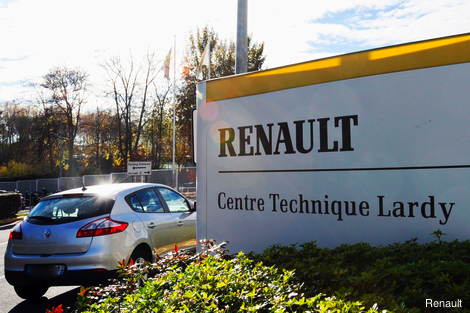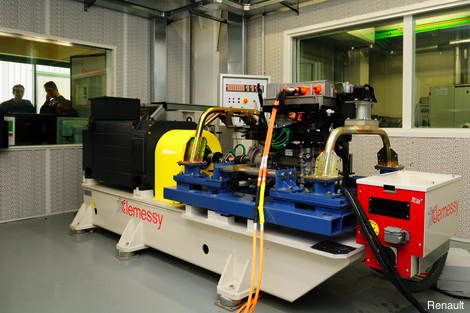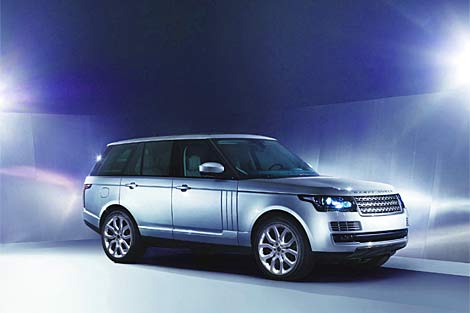
Short-circuiting, fire, immersion, and accidental damage are among the 15 'abuse' tests carried out on lithium ion batteries by EV specialists at Renault's electric test centre at Lardy, 50 miles south of Paris. The facility was established in 2009 and has now been expanded to cover 3300sqm, with 100 test benches for electric motors and other EV components.
The centre has run a comprehensive test programme for the development and validation of the performance, reliability and safety of the electric powertrains in Renault's Kangoo ZE and Fluence ZE models, the first of four electric vehicles due for launch by the end of 2012.

Renault's Lardy technical centre has 100 test benches, used to develop EV motors, batteries and power electronics, and to prove their reliability.

Lardy has eight test benches for electric motors. Unlike test benches for internal combustion engines, which are powered by fuel, electric motor test benches run on electricity supplied by a 400V battery simulator. These benches are used to develop motors and power electronics units, to measure performance and to check motor durability in harsh temperature and vibration conditions. Renault's test programmes cover the equivalent of 20 years and 300,000 kilometres of operation.
Six test benches are dedicated to power electronics (charger, controller, transformer) testing, particularly concentrating on response to sudden temperature variations coupled with changes in electricity requirements.
Another 41 test rigs carry out accelerated ageing of the lithium ion batteries by repeated full and partial charge/discharge cycles under different temperatures. Lardy's 30 specialised engineers and technicians carry out 170,000 hours of this testing each year.
In addition there are 58 other test facilities which are used to improve the performance of 12V starter batteries and to carry out research on second-life applications for lithium ion batteries.



